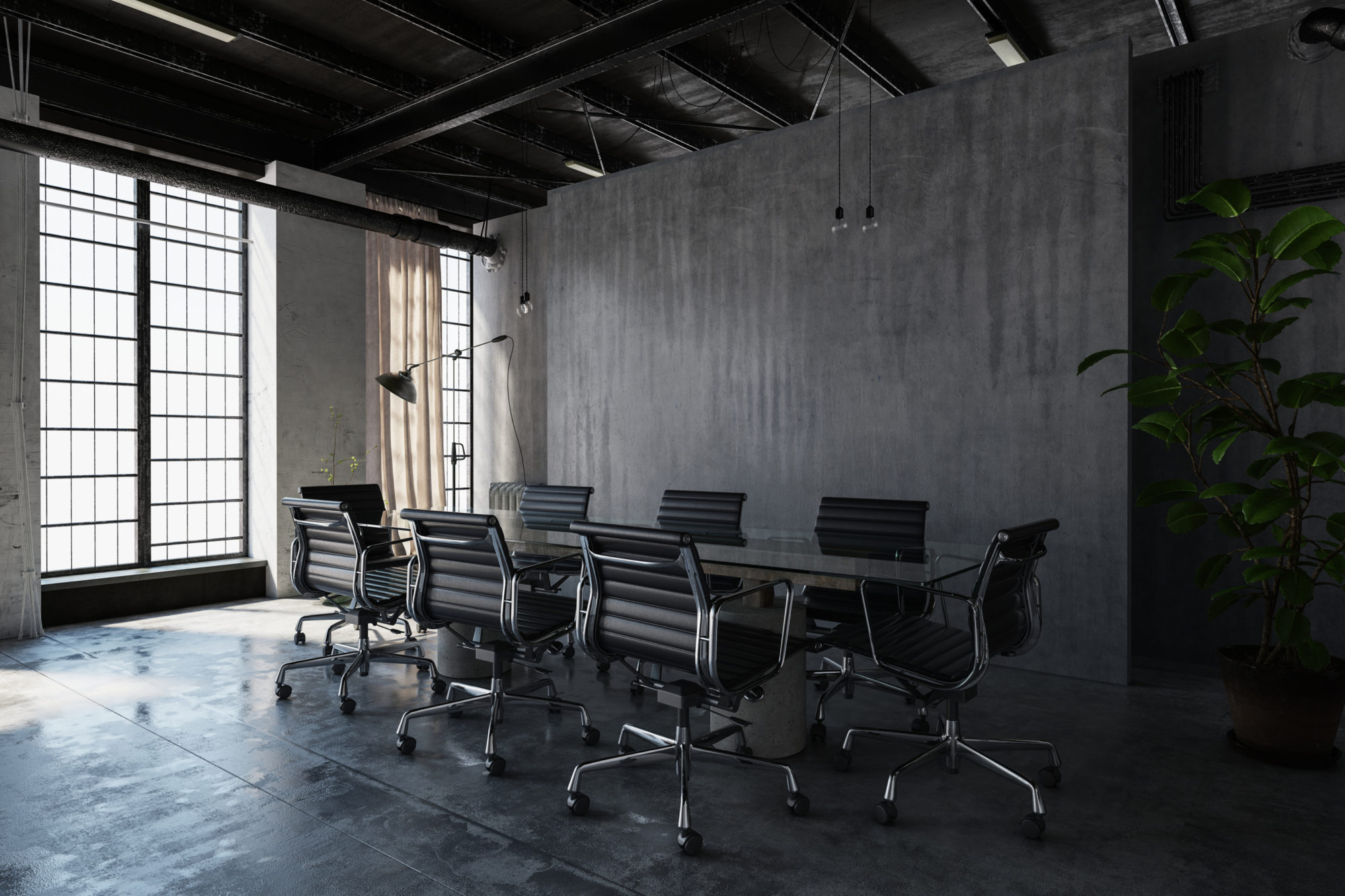
Article by Jay Lovero, Associate Broker in Voit’s Irvine office
The Rise of the Industrial Property
As the Industrial Revolution swept the globe in the late 18th and early 19th centuries, many companies left the age of the handmade and converted their manufacturing processes. As it tends to do, architecture made a swift shift to accommodate the demands of the new machine-based processes on the scene.
The idea was to have strong and practical buildings, with large windows and concrete passageways to get goods in and out with minimal effort. They were built strategically near waterways and railways worldwide, equipped with transportation, equipment, and manpower to get the job done quickly and efficiently. The brick warehouse became the global solution to house booming industrial activity. And it was a great solution for the bustling industries, indeed. That is until the decline of the Industrial Revolution, when companies fled these buildings just as quickly as they moved in, when these cities now lined with dozens of abandoned buildings were left lifeless.
Growing Design Trends and Industrial Architecture
Fast forward to the modern day when it seems everyone is after the rustic, yet simple design elements of industrial architecture. After all, spacious rooms with exposed brick walls, concrete floors, and ceiling beams have become design element icons splashed across trendy décor magazines.
The idea that these old commercial buildings and warehouses could enjoy a second life started when SoHo artists in the 1960s and 70s began using them as lofty, well-lit studios. Since then an explosion of hip coffee shops, crowded cafes, chic offices, and cozy apartments are nestled within these red-brick walls, along with medical centers, garages, and shopping centers. The renovation trend has many previously barren urban and rural areas teeming with life once again.
When Fashion Meets Function
While exposed brick walls and ceiling beams aren’t enough to push the trend alone, converted warehouses are attractive for more reasons than the aesthetic elements. According to the United Nations, 50 percent of the world’s population lives in urban centers, and that number is expected to increase 16 percent by the year 2050. Architects are using the warehouse structure as an approach to ease the pressure of overcrowded urban areas by rethinking existing structures.
And this approach just makes sense as they are converted, because weren’t industrial spaces originally built with practicality in mind? Generally speaking, the maintenance of these buildings is quite low. If a business owner is renting this space they likely have a long lease and are invested in the upkeep of the building in which they run their business. Renters are typically paying higher rent; however, it is an expensive investment because banks require a 30 percent deposit and higher interest rates on industrial properties.
Despite risks, these are desired properties and investors are hard at work reimagining new spaces for the rapidly growing demand, all while preserving the history attached to the industrial architecture. As this type of development relates to sustainability, the recycling of old properties and a preservation of our country’s historic properties, we hope the revitalization of these aging industrial spaces is a trend that is here to stay.

Contact the author